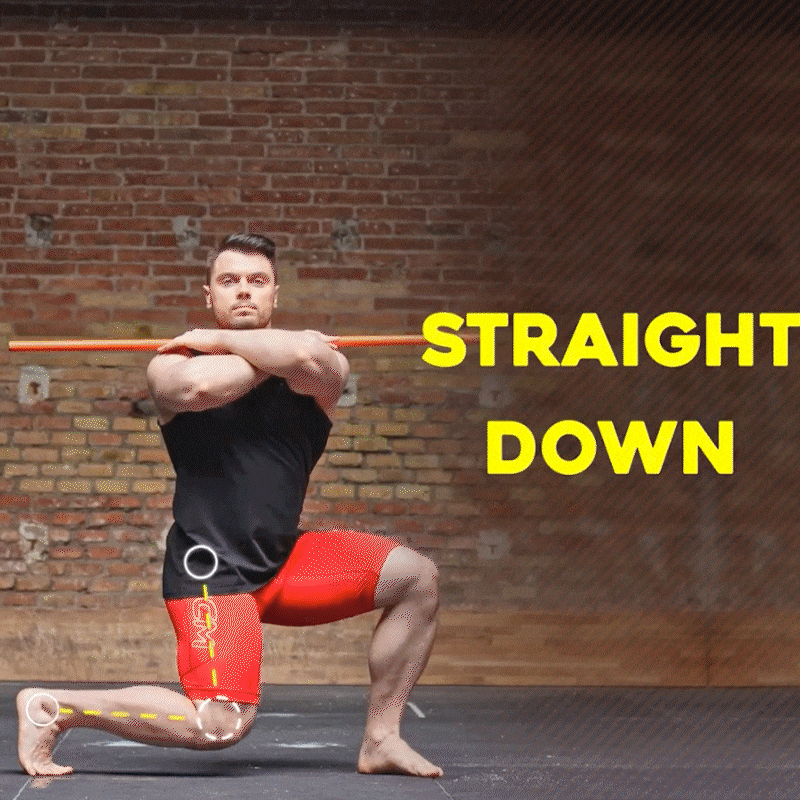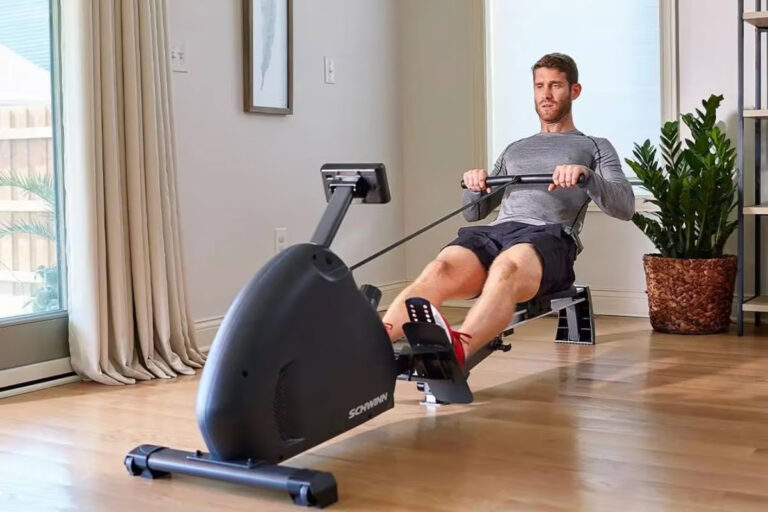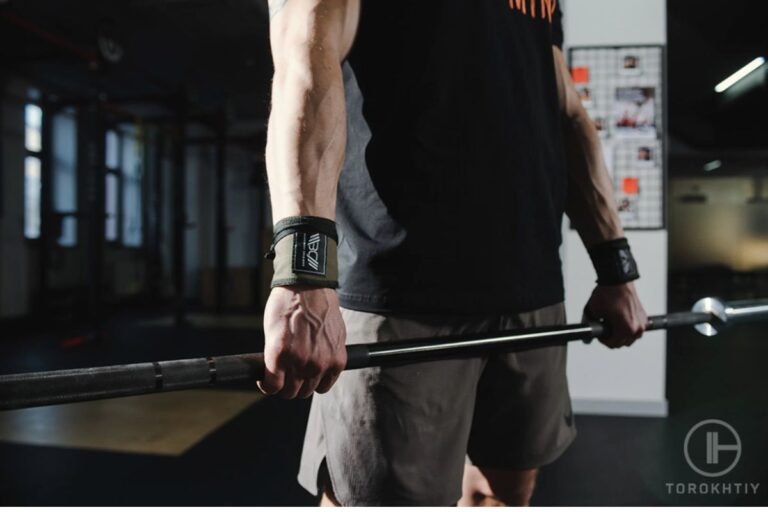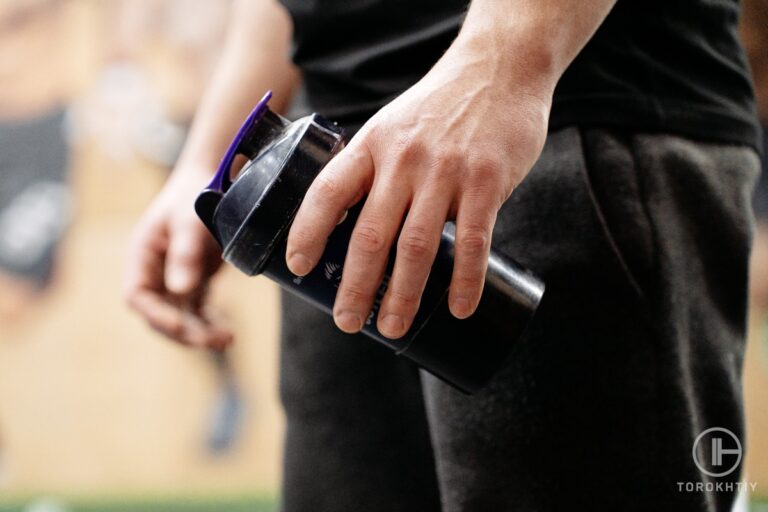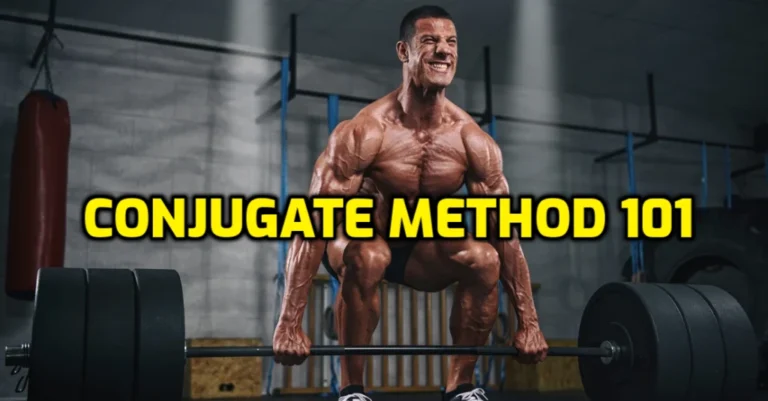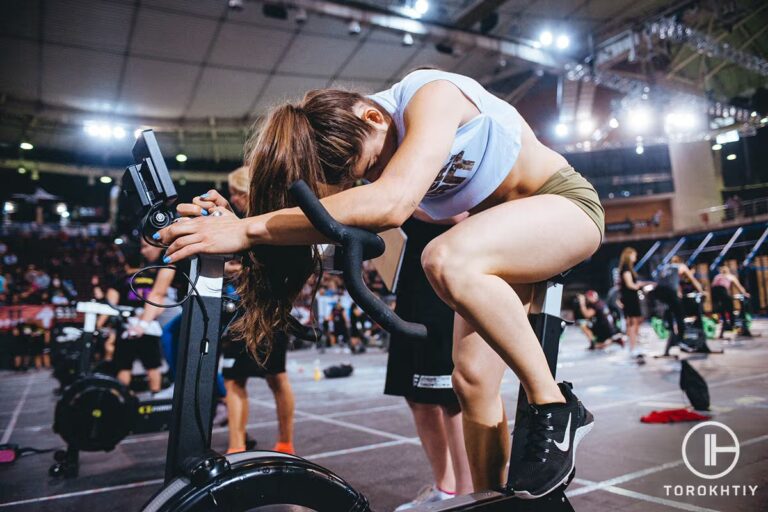7 Thoracic Mobility Exercises to Unlock Your Full Potential
We’re often told to fix our posture, but what does that mean? Well, your thoracic spine is primarily responsible for your posture. Sitting at a desk for long hours or slouching on a couch, etc., can severely affect our thoracic spine, and the only way to fix this is through thoracic mobility exercises. But what are the different exercises for thoracic spine, and what makes them so important?
Include thoracic mobility exercises such as downward dog, deep squats, and side-lying stretches into your weekly routine to improve thoracic mobility. Those with bad postures or who live a sedentary lifestyle often have a lack of thoracic mobility.
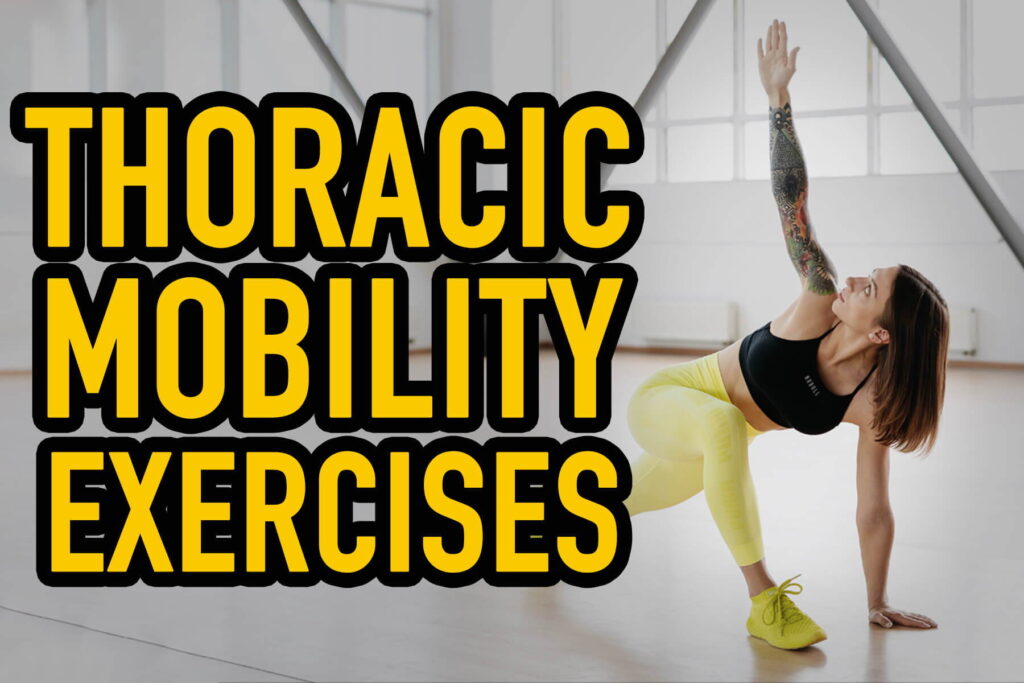
The thoracic spine is the longest part of the spine, and its primary job is movement. Thoracic muscles such as the trapezius, latissimus dorsi, serratus, and intercostal muscles play vital roles in effectively moving this part of the spine and associated ribcage.
Thoracic mobility exercises are good for relieving back and shoulder pain but also help to improve lung volume and overall mobility. This article deeply dives into the various thoracic exercises and their benefits, so continue reading to learn more.
The Thoracic Spine
Before diving into the importance of thoracic extension exercises, it is important to understand the thoracic spine and its functions.
The thoracic spine consists of the T1-T12 vertebrae and is the largest region of our spine. It starts right after the cervical spine and spans from our shoulder region to our waist/lower back. It ends right above our lumbar vertebrae.
The thoracic spine has multiple functions, but its primary function is providing attachment for the ribs. This makes the T1-T12 vertebrae play an important role in breathing movements. The thoracic spine and the ribs also protect vital organs such as your lungs and heart.
This part of the spine also allows movement in various planes. The thoracic spine allows extension and flexion, but rotation is its primary movement. Interestingly, the thoracic spine allows simultaneous movement in different planes. This means that you twist, extend, bend, and rotate simultaneously. Gyrotonic® exercises use this exact feature to help relieve back pain and stiffness.
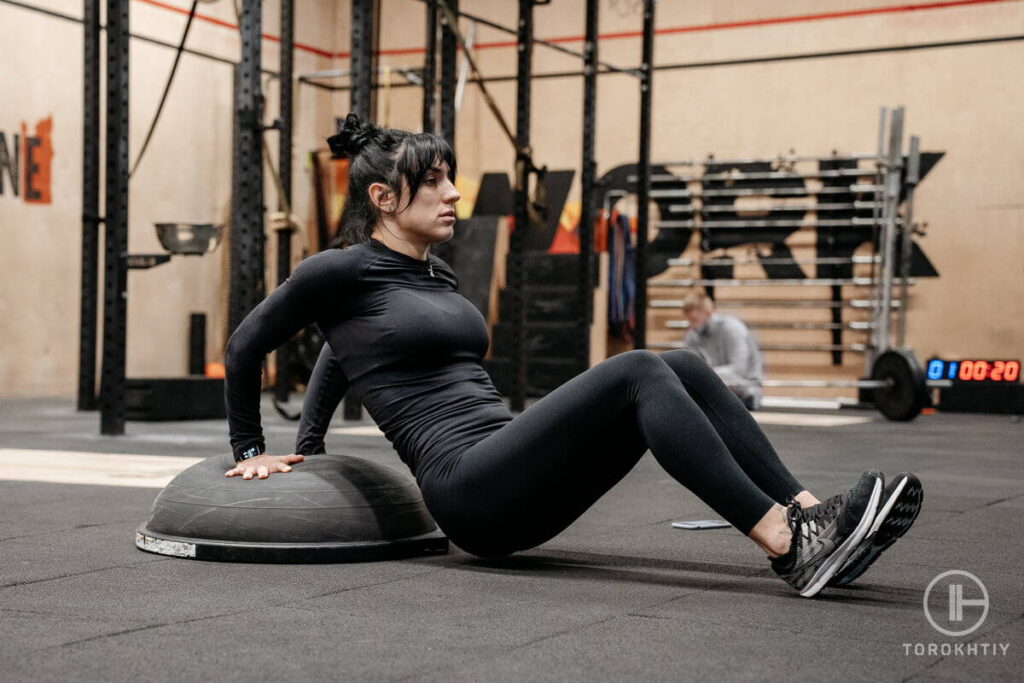
Thoracic Mobility Exercises
Although the thoracic spine only consists of the spinal cord in our back, the thoracic region spans our entire front and back area from the shoulders to the waist. As mentioned above, our thoracic spine is extremely mobile and is responsible for various rotation and breathing movements. Unfortunately, many of our daily practices and a sedentary lifestyle can severely alter the movements of our thoracic region.
Our spine is naturally slightly curved, but a bad posture can further enhance this curvature. This is called Kyphosis and can lead to a hunched back in severe cases.
Since our thorax is responsible for so much of our upper body movements, multiple muscles are also in this region. To better understand various chest mobility exercises, it is important first to understand these muscles and their roles. We can divide these muscles into 4 different categories:
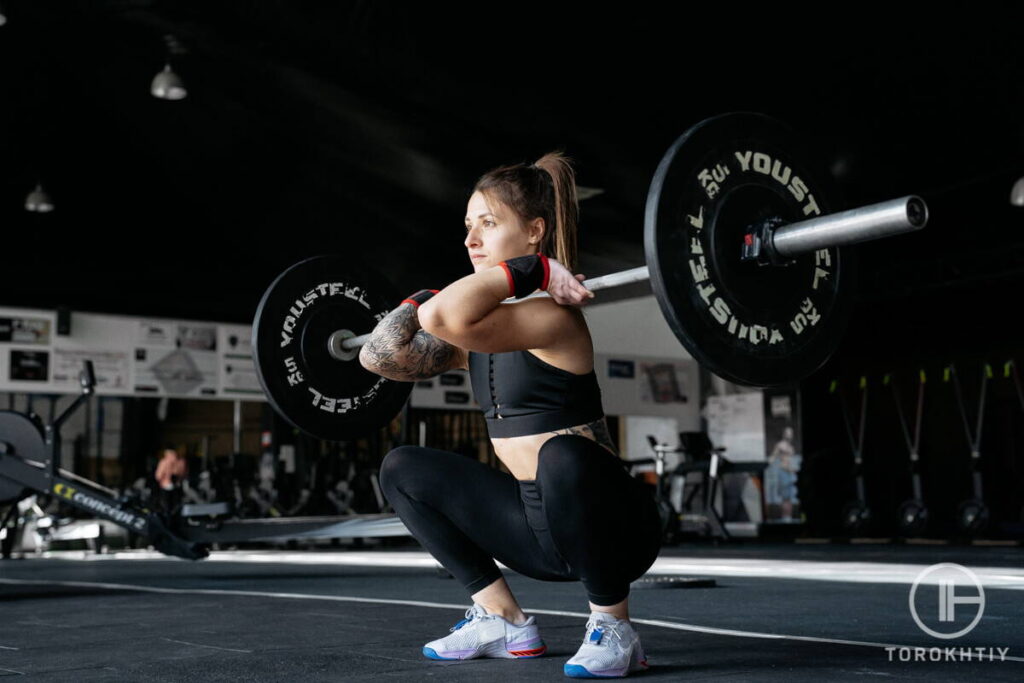
The Superficial Layer
This is the topmost muscle layer within our back and consists of the Trapezius, Latissimus Dorsi, and Rhomboids. Within this layer, the Trapezius plays a major role in thoracic mobility. The Latissimus Dorsi is a major muscle that spans most of the thoracic spine and inserts into the upper arm. It plays a role in the thoracic movement as well.
The Rhomboids consist of the Rhomboid major and Rhomboid minor muscles. They attach to the shoulder blade and their primary role in shoulder retraction.
The Intermediate Layer
This layer consists of the Serratus Posterior muscles, both involved in rob movements. The Serratus Posterior Superior muscle is responsible for inspiration movements since it elevates the 2nd to 5th ribs.
Conversely, the Serratus Posterior Inferior muscle controls expiratory movements by lowering the 9th to 12th ribs.
Back Muscles
These are the Intrinsic back muscles and consist of the Erector Spinae and Transversospinalis. The Erector Spinae is primarily responsible for extending the thoracic spine and is a major muscle in this region. The Transversospinalis are smaller muscles within the region that stabilize the thoracic spine.

Intercostal Muscles
The intercostal muscle group contains the internal and external intercostal muscles. These are located between the ribs and are the primary muscles for breathing. The two internal and external muscle groups are located perpendicularly to each other and may lie deep within or superficially above.
🔻Full-Body Mobility Program
Mobility For Weightlifting is a 12-week training program for Olympic Weightlifting and other sports, designed for a total body mobility and flexibility development.
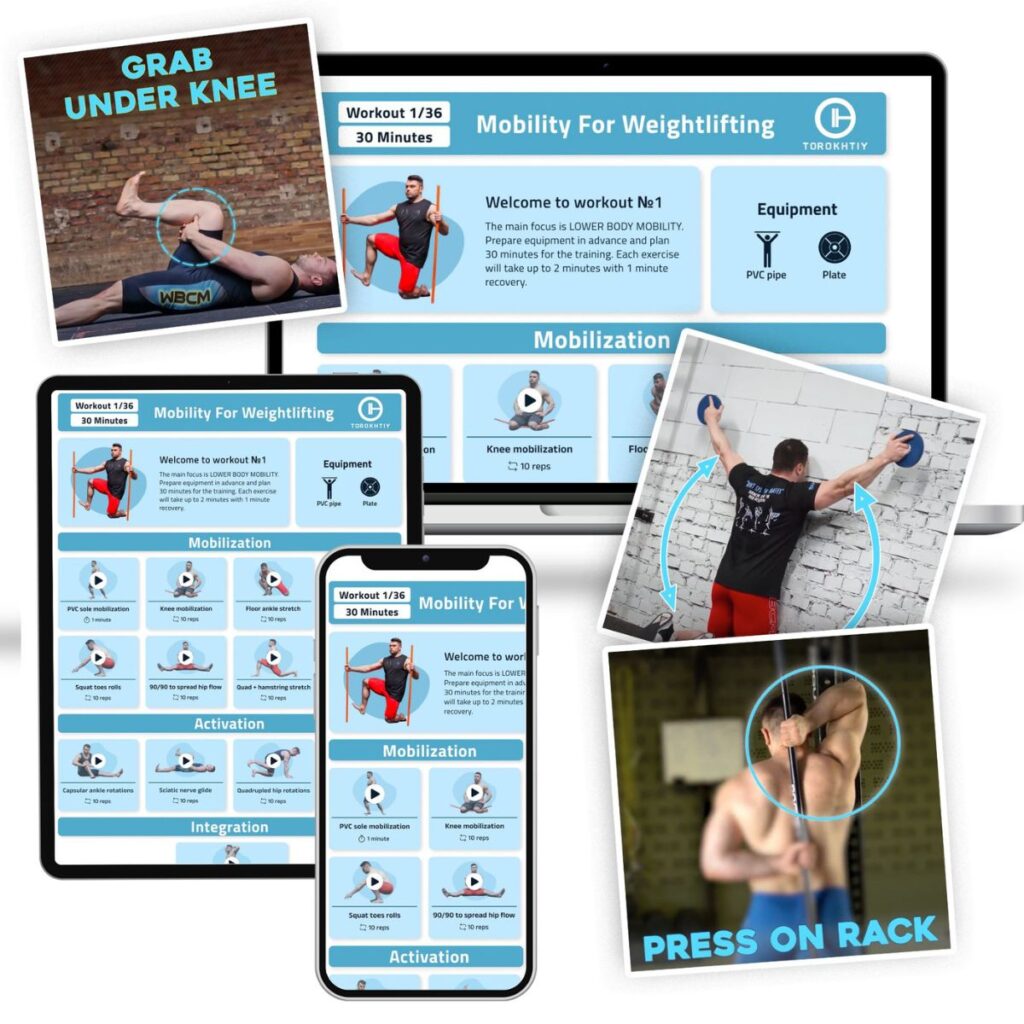
Good For:
1️⃣ Athletes of All Sports and Levels:
Increase your mobility and reach new PRs in lifting — whether you’re into Olympic lifting, Powerlifting, or Functional Fitness.
2️⃣ Those Who are Dealing with Pain:
Pain or other discomfort could be triggered by lack of joint mobility.
3️⃣ Coaches:
Learn new and help your athletes become better.
What Causes A Tight Thoracic Spine?
Many people and doctors focus more on cervical or lumbar pain while overlooking thoracic pain. A tight or stiff thoracic spine is more prevalent than you think and can lead to thoracic spine syndrome. Thoracic spine syndrome is an umbrella term covering all the reasons for thoracic back pain.
Some common causes of a tight thoracic spine include bad posture, a sedentary lifestyle, and carrying excessive weight.
Bad Posture
A bad posture is by far the leading cause of thoracic spine stiffness. Maintaining a good posture is extremely important whether you’re a young child or an older adult. If you tend to walk or sit with your shoulders drooping and your back pointed out, the natural curvature of your spine can increase, leading to kyphosis.
A Sedentary Lifestyle
Being a couch potato may sound like a dream, but it has several health hazards. Not only does a sedentary lifestyle cause multiple heart issues, but it can also lead to spinal stiffness. This also applies to office workers who spend 8+ hours glued to their chairs.
Carrying Heavy Weights
Whether you’re a labor worker or a student carrying a heavy backpack, you’re at risk of thoracic spine syndrome. Walking straight while carrying a heavy backpack is impossible, so naturally, you tend to bend forward. For children growing up, carrying these heavy bags can harm their posture and normal spinal development.
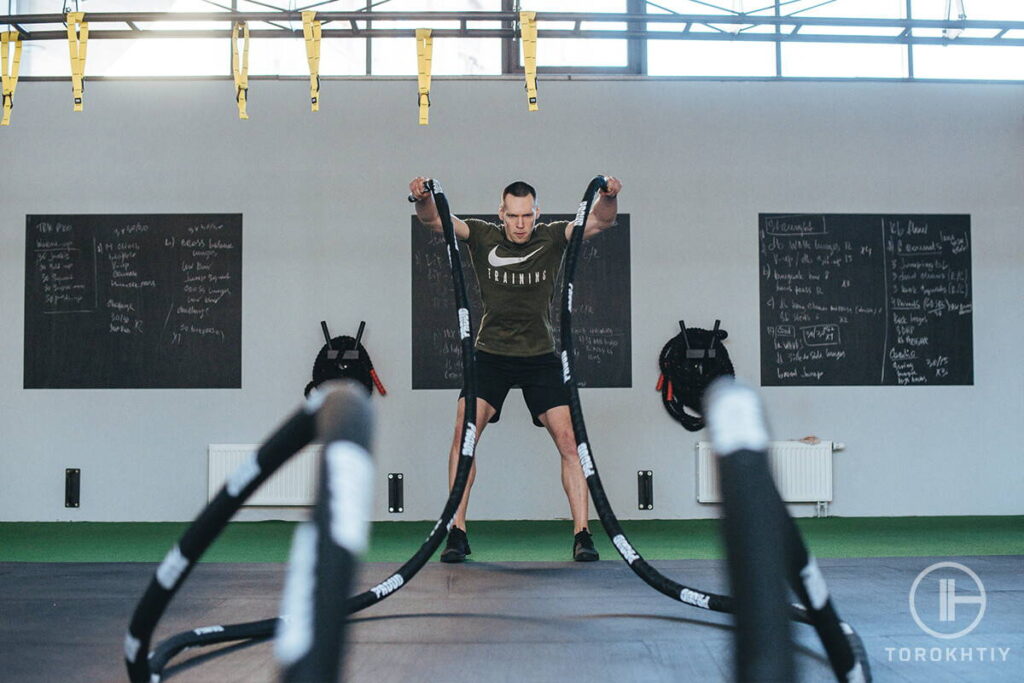
4 Reasons To Incorporate Thoracic Mobility Exercises
As mentioned earlier, a lack of mobility can lead to thoracic spine syndrome. This is why incorporating various t spine mobility exercises is necessary to improve thoracic mobility.
Mobilizing your thoracic spine has multiple benefits, such as decreased back and shoulder pain, improved posture, better mobility, and improved lung volume.
Improved Lung Volume
Our ribs are directly attached to our T1-T12 vertebrae and house our lungs. The ribs and multiple thoracic muscles, including the intercostal group, play vital roles in breathing movements.
At times, lack of mobility can lead to stiffness of the thoracic vertebrae, which can also significantly affect breathing movements. While breathing, our ribs move like the handle of a bucket. Most of our ribs attach to the sternum from the front, while from the back, they attach to the thoracic vertebrae. So if our vertebrae become stiff, the joint between the ribs and vertebrae can also become stiff, limiting the movement of the ribs.
While this may not affect breathing at rest, it can lead to difficulty breathing while exercising or running/sprinting.
Thoracic spine mobility exercises allow these vertebrae to flex, extend and rotate, thus keeping their mobility intact. The joint becomes more mobile, allowing the ribs to perform their movements more easily and efficiently. Consequently, the thoracic volume increases during inspiration, allowing the lungs to expand and improve lung volume.
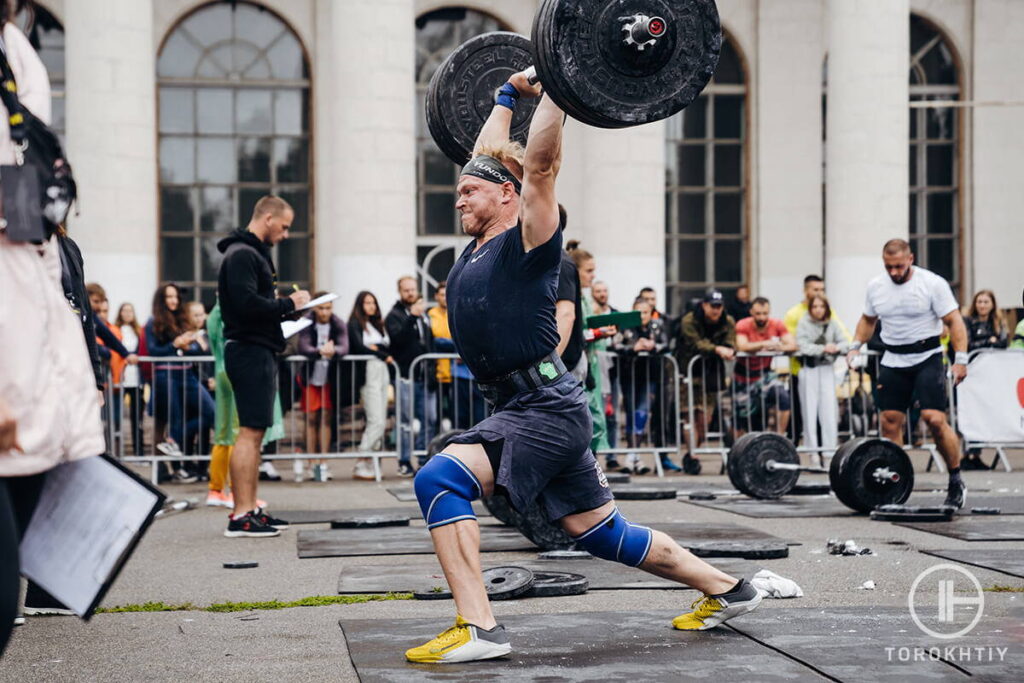
Improved Lung Volume
Our ribs are directly attached to our T1-T12 vertebrae and house our lungs. The ribs and multiple thoracic muscles, including the intercostal group, play vital roles in breathing movements.
At times, lack of mobility can lead to stiffness of the thoracic vertebrae, which can also significantly affect breathing movements. While breathing, our ribs move like the handle of a bucket. Most of our ribs attach to the sternum from the front, while from the back, they attach to the thoracic vertebrae. So if our vertebrae become stiff, the joint between the ribs and vertebrae can also become stiff, limiting the movement of the ribs.
While this may not affect breathing at rest, it can lead to difficulty breathing while exercising or running/sprinting.
Thoracic spine mobility exercises allow these vertebrae to flex, extend and rotate, thus keeping their mobility intact. The joint becomes more mobile, allowing the ribs to perform their movements more easily and efficiently. Consequently, the thoracic volume increases during inspiration, allowing the lungs to expand and improve lung volume.
Decreased Back And Shoulder Pain
Most thoracic mobility stretches tend to focus on the back muscles. Major back muscles such as the rhomboids and trapezius are among the muscles exercised during these workouts. So the more you exercise these muscles, the stronger they’ll get. Since the thoracic spine primarily focuses on mobility, stronger muscles can also move the spine more efficiently.
By regularly mobilizing the spine and back muscles, you can relieve them of their stiffness. This directly decreases back pain as well and can relieve thoracic spine syndrome.
Your trapezius is also directly attached to your scapula (shoulder bone), so working out this muscle can help relieve unwanted shoulder pains.
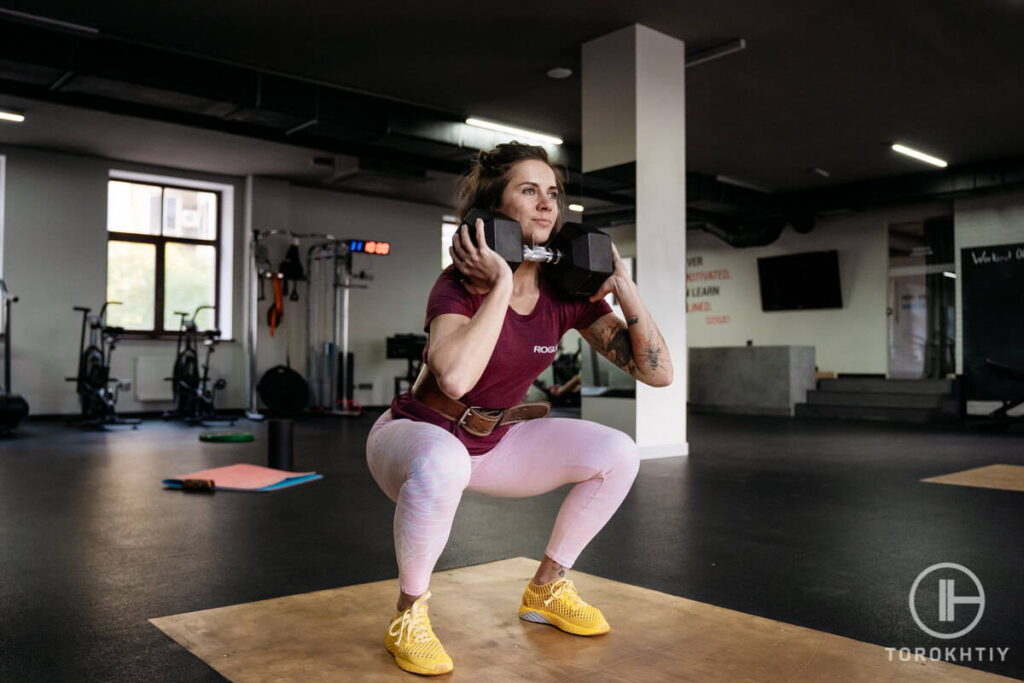
Improved Posture
A long-term bad posture can severely affect the placement of your vertebrae and scapula. This is why including thoracic mobility exercises is extremely crucial. These exercises allow the scapula to sit in the right position and correctly perform its job.
Although thoracic mobility is important in all sports, the right posture is vital for swimmers, golfers, and tennis players. A good posture during golfing is important for the perfect swing. While swimming, proper posture is necessary for efficient strokes.
Proper thoracic mobility increases your shoulder movement range, especially elevation (overhead lifting). A better range of movement allows you to perform golf/tennis shots or swimming strokes comfortably. It also puts you at a lower risk of muscle injuries by decreasing the chances of muscle strains while moving your arms.
Better Mobility
Once you start thoracic spine stretches and other mobility exercises, you’ll also significantly improve your overall mobility. Our thoracic vertebral region is the longest region within our spinal cord segments. This means that its also responsible for a large portion of the body’s movements.
Mobility is also a major issue among fitness athletes and Powerlifters as they often have stiff thoracic spines. As a result of this, they often face difficulty squatting down to get under the bar. Secondly, athletes cannot open their chest due to stiffness and weak back muscles resulting in missed lifts while powerlifting.
Improving your thoracic mobility directly improves your overall body movement as well. These include shoulder movements and movements at the waist.
7 Thoracic Mobility Exercises For Peak Performance
Cat-Camel Drill
This exercise focuses on flexion and extension of the thoracic spinal region. It’s extremely easy to do and does not require any specific technique, either.
Simply get down on your knees and hands in a quadruped position. Extend your back in this position as high as possible while inhaling deeply. Now change to a fully flexed position and exhale as you flex. Now repeat this exercise as many times as necessary. Ideally, start with 10-12 reps for 2-3 sets and increase your reps over time.
Thread The Needle
This is a great thoracic rotation exercise that also helps in extension within the region. It’s comparatively more difficult than other stretches, making it so effective. You must work against gravity while making sure that you remain on all four limbs.
Start by inhaling and lifting your right arm to the sky; keep your eye on your right arm. Now slowly exhale while bringing down your right arm and slide it under your left arm, across the body. Stretching it as much as possible and holding this position for a few seconds.
Repeat this stretch 5-6 times, then do the same with your left arm.
Tip: Posture is important in this stretch, so ensure your lower back and hips remain still. You also don’t need to rush this exercise, so take your time to change your posture while closely checking your breathing calmly.
Thoracic Extension With Roller And Bar
Another great exercise for thoracic extension stretch involves a roller and a bar, and there are two variations for this exercise.
Start off by placing the roller right under your thoracic spine. Now stretch your arms above your head to grab the bar.
For the first variation, hold the bar with your hands wide apart to put focus on the pectoralis muscles.
For the second variation, you can hold the bar with your hands close to each other. This puts focus on teres major and latissimus dorsi muscles.
Based on your workout plan, you can do just one stretch or alternate between the two.
Hold each stretch for about 90 seconds while focusing on your breathing.
Downward Dog
Downward Dog is an extremely popular stretch among yogis as well as strength coaches, and rightfully so. It’s easy to do and highly effective for extending the thoracic spine and increasing shoulder mobility.
Begin by getting into a plank position, pushing your hips upwards, and bending a little to form an inverted V. Inhale deeply while pressing your chest towards the legs. Now exhale while bringing your chest back and your hips down to return to the original plank position.
You can repeat this stretch about 5-6 times, but make sure you go slow and steady and stretch your hips, chest, arms, and legs as much as possible.
Tip: If you’re a beginner, you can always start by slightly bending your knees to make the stretch easier. Alternatively, you can use a chair or a table to help stretch.
Deep Squat And Thoracic Rotation
This is a more advanced exercise but is great for fitness athletes and powerlifters since it’ll help them perfect their overhead-weighed squats. Even if you’re not a powerlifter, you can perform this drill to increase thoracic mobility effectively.
Keep your feet about shoulder length apart and squat down into a deep squatting position. Now lift your right arm above your head while balancing the left hand on your left foot. While raising your arm, rotate your thorax and head toward your raised arm.
Hold your position for about 5 seconds and bring your right arm down. Repeat the same for your left arm.
Alternate this movement between the two arms while closely checking your posture and balance. Ideally, you should do ten reps of this per set (5 per arm).
Tip: Once you’ve got a grip on the technique, you can add small weights of 2-3 kgs to make the stretch more challenging.
Spiderman With Thoracic Rotation
Spiderman is generally a great exercise, now add thoracic rotation to it, and it becomes a highly effective mobility stretch. It helps improve thoracic rotation while also putting a focus on hip mobility.
Start off by getting down on all fours into a push-up position. Now bend your right knee to bring your leg to the level of your left arm. Simultaneously, rotate your thorax and raise your right arm vertically above your right leg. Hold this position for about 5 seconds, then return to the pushup position.
Now alternate this movement with the left arm and leg as well. Repeat these alternative movements for 6-8 reps per set.
🔻Test Your Mobility Before Starting the Program
Mobility is crucial because it directly impacts your performance, technique, and overall safety.
Complete 3 simple tests to evaluate your current mobility.
Our Program Includes:
- 📺 80 Videos for every exercise:
Unique movements, supported by detailed graphics and voice-over. - 📆 36 Workouts x 30 minutes each:
12-weeks plan can be used as standalone program or as a pre-/post-workout training. - 📊 Tests to track you progress:
Make simple tests in the beginning and after finish to elevate your result. - 🏋️♂️ Made by Olympian:
Designed by a Champion, under the guidance of PhD in sport science and physiotherapist. - 💲One-time payment:
No monthly or any other recurring payments. One payment, life-time usage.
Side-Lying Thoracic Windmill
Another great thoracic rotation and extension exercise is the side-lying stretch. Although it’s an easy exercise, maintaining proper posture is vital to get the most out of this drill.
Begin by lying on your right side with your left leg bent at a 90-degree angle and placed over a roller. Now slowly glide your left arm above your head and rotate your thorax back by 90 degrees to lay your back flat on the ground. You should stretch your left hand to the opposite side while keeping your leg firm on the foam roller.
Hold this position for 5-6 seconds, then return to the side-lying position. Repeat this movement for 8-10 reps and perform multiple sets.
Do the same for the opposite side as well.
FAQ
What Causes A Lack Of Thoracic Mobility?
Our thoracic vertebrae are designed for constant movement and rotation in different planes. So anything that reduces the movement of this portion of the spine results in decreased thoracic mobility. These include bad posture, sitting around for long hours, and carrying heavy weights on your back.
Why Do I Have A Limited Range Of Motion In My Thoracic?
There can be multiple reasons for a limited range of movement in your thorax, primarily a sedentary lifestyle. If you don’t move around enough or do not incorporate daily or weekly stretches into your routine, your spine, and spinal joints become stiff. As a result, this portion of your spine cannot move to its optimal potential, limiting your motion.
How Long Does It Take To Get A Flexible Thoracic?
There is no specific timeframe to get a flexible spine. It depends on multiple factors, with the frequency and intensity of your stretches being the primary ones. If you work out multiple times weekly, your thorax will regain mobility within a few weeks. But it’ll take much longer to regain mobility if you work out once a week or irregularly.
Conclusion
In conclusion, thoracic mobility is a highly overlooked topic of importance. Your thorax is directly or indirectly responsible for much of your movement, even within your upper and lower body. Long hours on the office chair or walking with a hunched back and droopy shoulders can greatly impact the position of your thoracic vertebrae and rescue your mobility.
Taking timely action is vital and including different thoracic spine stretches, such as threading the needle, and drills, such as cat-camel, into your routine to improve your mobility.
Not only does this improve posture and mobility, but it’s also great for preventing thoracic spine syndrome and significantly improves lung volumes.
So, are you planning to add thoracic mobility exercises to your daily routine now? Tell us in the comments below!
Also read:
- Lat Stretches
- Shoulder Warm up Exercises
- Neck Mobility Exercises
- Scapular Mobility Exercises
- Tricep Stretches
- Stretching for Weightlifting
- Overhead Squat
References:
- Kyphosis // NHS: https://www.nhs.uk/ conditions/kyphosis/
- Anatomy, Back, Latissimus Dorsi // NIH: https://www.ncbi.nlm.nih.gov /books/NBK448120/
- Anatomy, Back, Rhomboid Muscles // NIH: https://www.ncbi.nlm.nih.gov/ books/NBK534856/
- Anatomy, Back, Trapezius // NIH: https://www.ncbi.nlm.nih.gov /books/NBK518994/
- Serratus posterior muscles // Kenhub: https://www.kenhub.com/en/ library/anatomy/ serratus-posterior-muscles
Why Trust Us?
With over 20 years in Olympic Weightlifting, our team does its best to provide the audience with ultimate support and meet the needs and requirements of advanced athletes and professional lifters, as well as people who strive to open new opportunities and develop their physical capabilities with us.
By trusting the recommendations of our certified experts in coaching, nutrition, dietology, and sports training programming, as well as scientific consultants, and physiotherapists, we provide you with thorough, well-considered, and scientifically proven content. All the information given in the articles concerning workout programming, separate exercises, and athletic performance, in general, is based on verified data. We ensure that you can rely on our professionals’ pieces of advice and recommendations that can be treated as personalized ones which will benefit you and fully meet your needs.
The product testing process is described in more detail here
Author: Zinaida Bondarenko
Coach, Physiotherapist
Physical rehabilitation experience: 10 years
Zinaida was a member of the national team of Ukraine in rhythmic gymnastics, accumulating 15 years of professional sports experience. She holds certifications in functional training, rehabilitation, kinesiotherapy, specializing in working with athletes across various domains: recovery, rehabilitation, functional and mobility training, General Physical Preparedness (GPP), as well as injury prevention through specific program design. Moreover, she focuses on athlete and coach education to enhance performance and prevent injuries.

